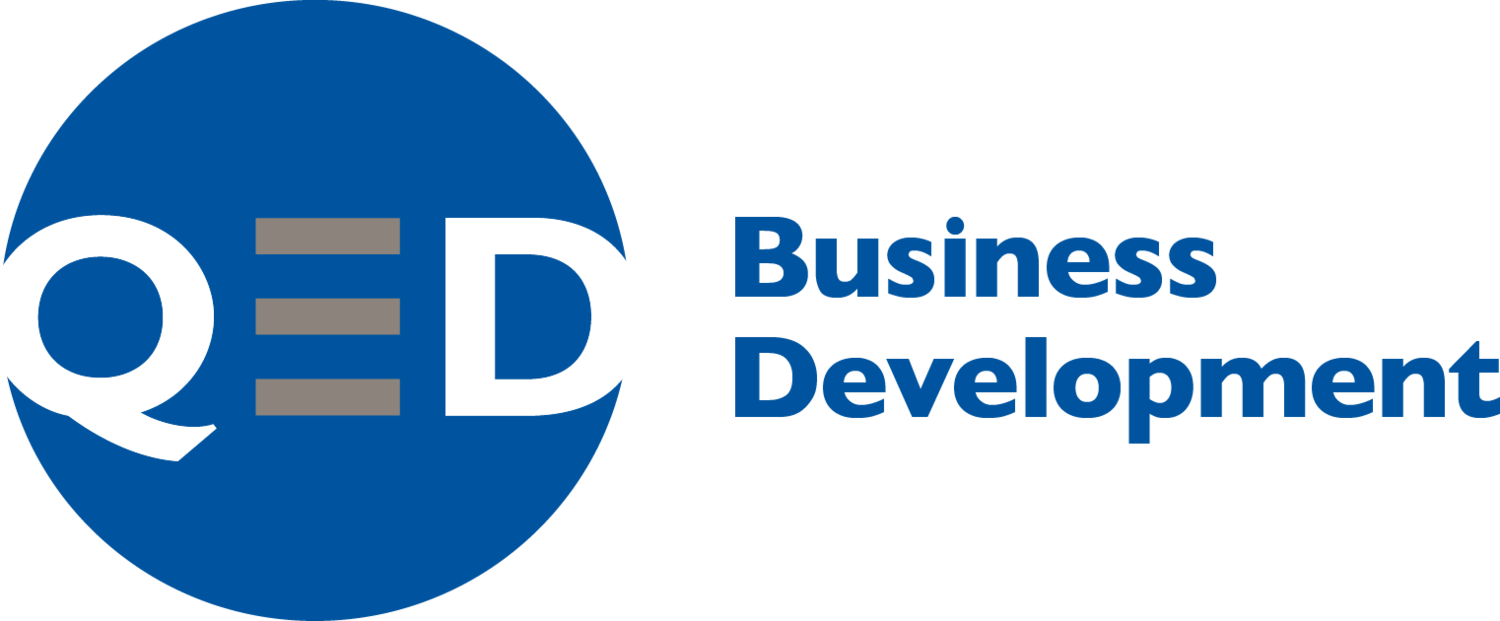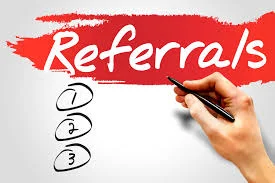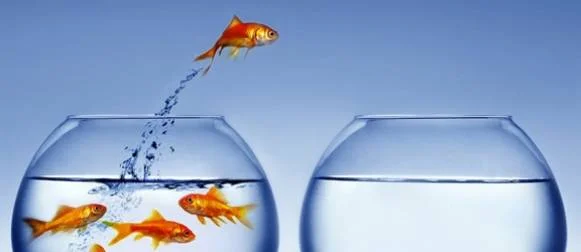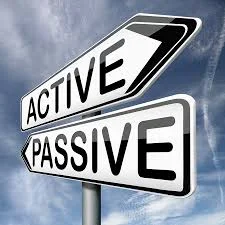The last article with the same title proved there's a bit of an appetite for this, so here's a handful more BD tips to end your week on an upbeat note.
End-of-the-week BD tips #1
How to encourage rainmakers to do your BD for you
Please tell me...If I have a better price elsewhere, why should I stay?
How to value BD and Marketing in a merger
How to ask for the business
The biggest concern I have heard raised by people over the years is ‘I struggle to ask for the business.’ Most people seem to have enough going on, seem to have enough meetings, but really struggle to get down to the underlying purpose of the interaction, i.e., meeting an identified need with a valuable service. They talk about feelings of embarrassment, of sensitivity, when reaching the point of the commercial end of the conversation.
In my coaching, I always ask if people value the advice they give, and on almost 100% of the occasions professionals do indeed see value in what they deliver. In fact, they’re proud of their work. So why be embarrassed .....
10 questions that lead to client intimacy
What are the best questions to ask a client or prospective client that can lead to client intimacy? What questions gradually deepen the mutual understanding between relative strangers in a business context? What questions make you think more deeply and share more fully? What takes the conversation from a chat about the weekend's sporting or family pursuits, to a genuine exchange about business-related important matters?
How rainmakers go from being 'liked' to being 'valued'
Being 'liked' is not anywhere near the same as being 'valued'. Not in the same universe, actually. On a very personal level, think about how many people in your life 'like' you, versus the number that truly 'value' you. It's inner circle stuff, right? In your personal life knowing who values you gives you deep roots, doesn't it?
So if you are a card-carrying professional, if a choice was to be made, which would you rather be - liked or valued? And how do you make it so?
BDM's are often underrated - but not by rainmakers
How to transition from 'friend' to 'provider'
I have previously spoken about the most common concern raised in my training and coaching over the years – how to ask for the business. The second most common concern I hear is ‘how do I go from being a friend to being a provider?’ I colloquially call this turning caffeine into cash. And I don’t mean that in a cynical, one-way, sense. I think it goes both ways. How do the two people at the coffee meeting make sense of their needs in order to derive a fee for the provider, and a commercial, profit generating/risk mitigating outcome for the client?
Many professionals seem to get caught in the trap of an endless series of ‘rapport building’ over coffee without getting to the real underlying reason people are at work – to provide a service to meet a need.
My top five practical tips to improve your BD success rates
Why rainmakers make lousy role models
How to assess the cost of 'bad' (inefficient) BD practices
How much do you charge per hour? $300? $500? $800 or more? Now look at your calendar for the last 10 weeks and identify the number of meetings you had that would be called 'business development' meetings. You know the ones - a coffee catch-up, a lunch with an existing client, a networking breakfast or maybe a lunch with a referrer. I encourage people to have at least 1 meeting per week that could legitimately be referred to as a BD meeting. Now if we add up the time invested in each of these interactions over the 10 weeks, including preparation time and time getting there and back, let's assume you've spent, conservatively, 20 hours on BD.
How to assess and change a habit
Have you recently changed a habit? We all have them – good and bad ones. To encourage people to improve their business development outcomes, I’m often asking people to self-assess the good and the bad habits they currently have. Take a piece of paper out now and take two minutes to list them, if you are that way inclined.
If you really, honestly, clearly reviewed what habits you have that either help or hinder your success when it comes to keeping your pipeline flowing, what would they be?
The 'F' Factor - why focusing on fewer friends, frequently finds fair fees
The single biggest performance enhancer
What's the inherent value of a performance review (also sometimes called 'client listening') in the professions? They provide an opportunity to seek feedback on both underperformance and what has worked in order to rectify standards and/or replicate standards. However people often stop there. The single biggest flaw is that they often only measure PAST performance.
How to make the most of every opportunity
Hands up if you wasted a business development opportunity last week.
(Counting) one, two three, four, five.....that's about 50% of you. Or at least it is in my experience.
I recently posted an article regarding getting a second meeting. I talked about the types of questions you need to ask to get past the wasteful ‘it was nice to meet you, we should do this again sometime’ close and uncover a viable reason for both parties to meet again soon and meaningfully progress the conversation.
How to get a second meeting
How many ‘first’ meetings have you had? You know the ones. Meetings secured with prospects or new contacts that are the result of either good networking or good intentions on your part. Now, have you ever contemplated the ‘ratio’ of first meetings to second meetings?
Far too much time and money is wasted on first meetings that don’t turn into something concrete – either a clear understanding there is nothing realistically to pursue, or that there is a clear understanding that a second meeting would be justified on the basis that matters were raised worthy of a follow up conversation.
5 practical ways to put performance reviews to good use
How to change your BD outcomes
An engineering client of mine has a safety briefing (called a ‘safety moment) at the start of every meeting, regardless of the meeting's actual agenda. They take 2-3 minutes each meeting to discuss something they’d learned on a job recently, or highlight an incident they’d heard about elsewhere, or pose a quick hypothetical safety incident and ask for solutions. It is a cornerstone habit around which their business runs, and for very good reason. It reduces accidents, creates a culture of openness, increases awareness and trains everyone from the ground up about the expectations of management and employees to adhere to, and importantly, to improve safety standards.



















